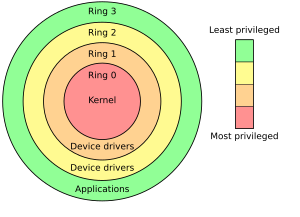--Originally published at miguel.net
"So, if I 'accidentally' opened a file that was on the folder of an administrator, then I had performed that kind of attack?" Actually, yes, if you were supposed to don't have access to that file.
Now, lets talk about Windows, it is not a surprise that Windows is one of the most attacked OS, so a lot of vurnerabilities had been found and patched but there is also that weird config under the system that is made to keep you safe but comes unsafe by default. One of those configurations is the one that allows any system to install with all privileges, even adding new users and making them part of the administrator group, so as you can imagine, full access for that user on the system.
A great repository to test your settings is the one from PowerShellMafia, the repository is PowerSploit, please note, this scripts are meant for testing, any other use maybe considered illegal. Also, it is important to note that at least Windows Defender blocks all this scripts as trojans, in fact, they are trojans but in good hands, any weapon can be used for good.
To check this attack been used you can watch the video from the YouTube channel Security World, he makes a really good explanation about the attack, and what I find interesting about this particular aproach is that it is creating a MSI installer that creates a new user with admin privileges, and then your imagination can fly, you can open anything, activate remote desktop, anything. Continue reading "Elevation of privilege"









